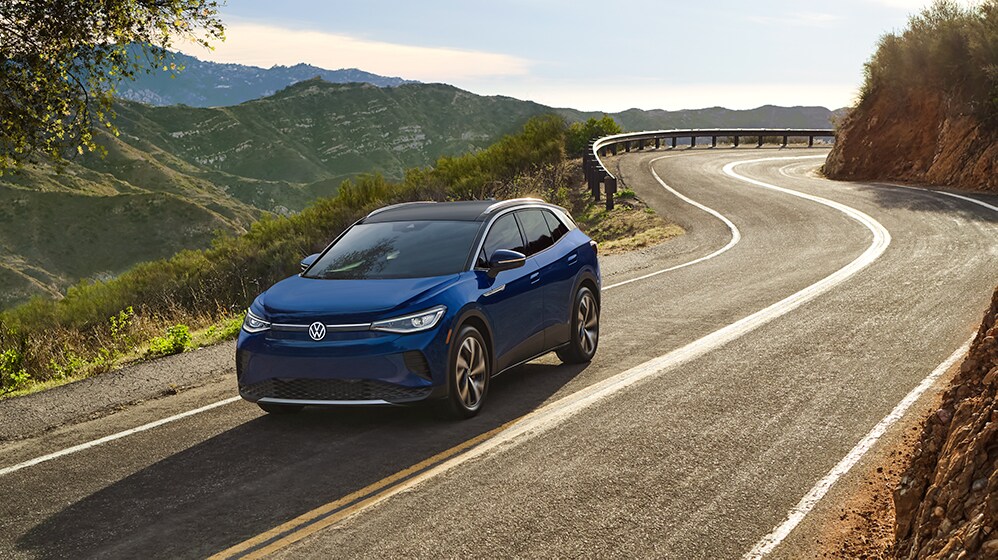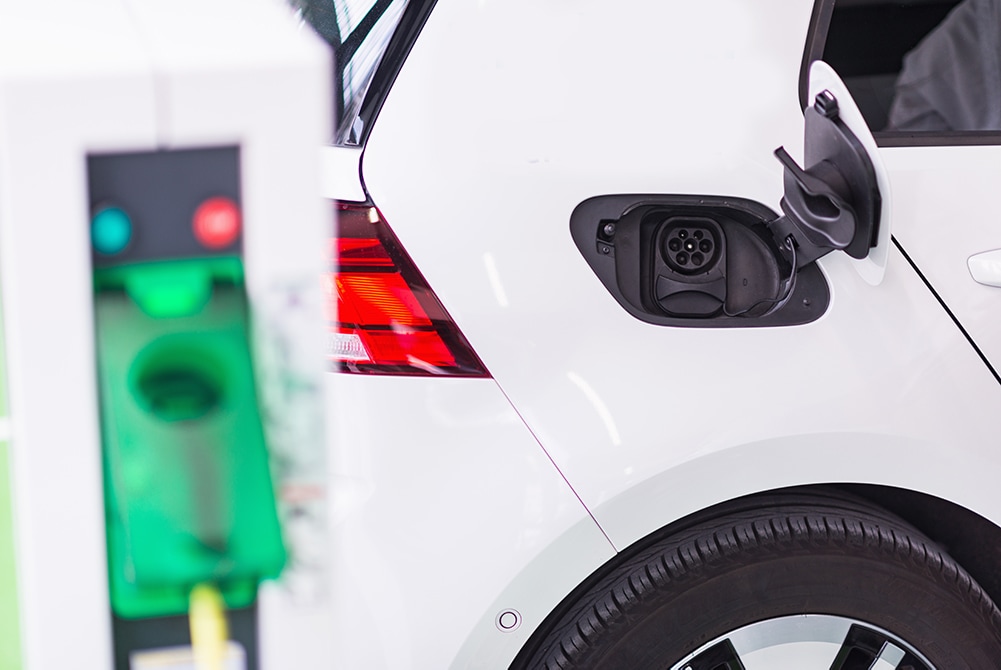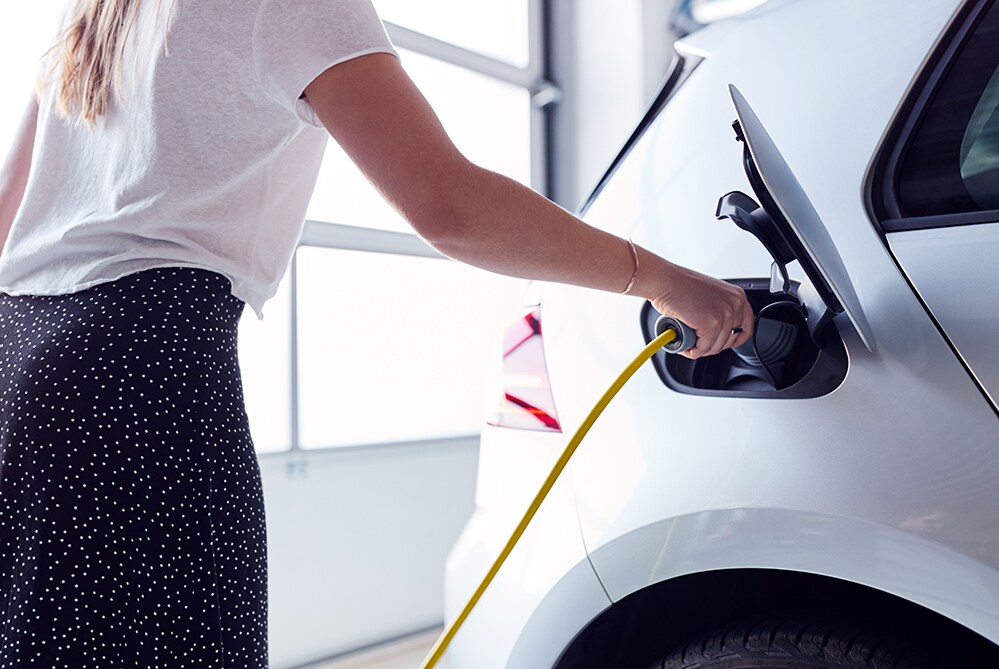Electric cars are one of the biggest developments in the automotive world. From the efficient hybrids that require little effort, to the fully electric vehicles that need to be plugged in and charged to go anywhere, there are plenty of choices out there.
One thing that folks sometimes forget when opting for a plug-in hybrid electric vehicle (PHEV) or fully electric vehicle is setting up their home and lifestyle to accommodate these vehicles. While hybrid vehicles don't need regular charging, these vehicles do need a place to charge overnight, or during the day when you have a break in traveling. When you are looking at an all-electric or PHEV you'll need to ask yourself - how do I prepare my home for my new electric vehicle?

Dedicated Parking and Charging Space
The first thing you need to worry about with an electric vehicle is making sure you have a dedicated parking and charging space. The biggest concern for many electric car buyers is knowing they have a place to park and charge.
If you don't have off-street parking, that's a big problem from the start. If you can't guarantee you have a spot to charge, your electric vehicle won't be able to benefit from the electric power. With a PHEV that isn't necessarily a deal breaker, but for an all-electric vehicle, you need that spot. So if you don't have off-street parking, forget about a Tesla or other all-electric car. Beyond that, you'll need to get your garage or outdoor covered space ready for your electric car.
Level 1 Charging or Level 2?
You may be asking yourself, do I need Level 2 charging? Or is Level 1 fine? And what's the difference between Level 1 and Level 2 charging?
A Level 1 cord set charger works off the standard household current of 110 or 120 volts. This is the cord set that is included with most PHEV and electric cars when you purchase them. They are portable, and feature a three-pronged household plug at one end that is connected to a control box. This control box connects to the vehicle by a longer cord. For most PHEV vehicles, this is just fine - it can charge from three to five miles of driving per hour, plenty when the battery can only hold 30-35 miles of charge.
However, if you are using an all-electric vehicle, a Level 1 charging point is usually not enough. For instance, a Nissan Leaf could take nearly two days to charge fully from a standard household outlet! If you want to go all-electric, and get the best experience possible out of it, you'll need to go with a Level 2 charger. These can fully charge all-electric vehicles in under five hours. However, unlike the Level 1 charging, Level 2 chargers require a little more investment of time and money.

Getting a Level 2 Charging Station
What you are actually getting when you go looking for a Level 2 charger is the Electric Vehicle Service Equipment, or EVSE. The actual charger of your vehicle is inside your vehicle. The EVSE is what makes it safe to connect your charging cord to high-voltage electrical circuits.
A Level 2 charger will require its own dedicated circuit, and will require the attention of a professional electrician to get installed. Level 2 chargers run off of a 240-volt circuit - the type of circuits that most houses use for large appliances including oven ranges, clothes dryers, water heaters, and central air conditioners. You can't just drop this on top of an existing circuit - sharing that circuit with these appliances can slow down the charging process.
You'll need to get the services of a professional electrician and figure out the best place to put your Level 2 charging station. There's quite a bit that goes into this task, and it's pretty much impossible to do on a shoestring budget. The electrician will install a 20-40 amp outlet, preferably on the higher end if possible - higher amps equate to faster charging. They will need to calculate the loads of existing circuits, and review your home's power panel. They may need to expand the panel to accommodate the new outlet, and run an entire new circuit - or perhaps even run a new line to the power pole in front of your home.

Sharing Space
One way you can accommodate your EV without spending a fortune is piggybacking off the 30 amp electric plug for your dryer. You can unplug your dryer and plug in your charger - removing one 30 amp draw and connecting with another 30 amp draw doesn't matter to your house's circuits. However, this means you'll have to rummage around behind your dryer when you want to charge, not to mention tripping over cords that are running from indoors. On top of that, you better hope your dryer is close enough to your garage or carport to do this.
Whatever you do, do NOT try using a Y-splitter cord to splice a Level 2 charger in with a stove or dryer outlet. This is unsafe, and can trip a breaker and cause power loss. Even worse, it could lead to overheating from the double load of the dryer and charger, and spark a fire. Safety shortcuts for cost savings can cost big in the long run.

Other Accommodations for Electric Cars
It doesn't end with just supplying power to your PHEV or electric car. Many of these vehicles have other requirements that may need special attention above and beyond a normal car.
For instance, electric car batteries don't necessarily do well in fluctuating weather. Particularly in cold and hot extremes, your PHEV or electric car's batteries may degrade faster over time. A protected, climate-controlled garage that can mitigate extreme summer heat and extreme winter cold can help extend the full capacities of your batteries. Not to mention, they'll keep it more comfortable to get in and out of in those months with extremes. You may want to consider an insulated garage door, for example, to help control the temperature within your garage.
One of the best parts about fully electric vehicles is that they don't need the constant maintenance visits for oil changes like standard vehicles. Of course, if you have a PHEV, the hybrid engine still will need maintenance. But with a full EV, you'll want to prepare your home with the fluids and storage for regular maintenance - coolant fluid, brake fluid, and windshield washer fluid. No need to go pay to get them topped up! Just have a dedicated storage spot that is protected from kids and pets - these fluids can be toxic.

While this all might sound like a bit of extra work, trust us, it's worth it in the end. By preparing your home properly for your new PHEV or EV, you'll be able to integrate it seamlessly into your life and get the most out of it! If you want to learn more about fully electric or plug-in electric hybrid vehicles at West Broad Volkswagen, don't hesitate to contact one of our talented staff or visit us at our dealership located in Richmond.